While web push notifications have been successful at re-capturing short attention spans of website visitors, not all businesses have been able to drive positive results. This alert-style, clickable notification comes with its own dos and don’ts, and web push notification mistakes are more common than you think!
Why should you care about web push notification mistakes when you can focus on sending out messages instead?
When done right, web push notifications can deliver an average click-through rate of 15% to 30%.
Web push notification mistakes costing you sales and how to fix it
1. Not taking permissions
Messing up while taking web push notification permissions from your visitors is one of the most common mistakes businesses commit.
Just like emails, notifications can get extremely spammy and annoying for some users. So ensure you take the right permissions before you send them out.
But there’s more. Taking permissions alone does not suffice.
How to fix it?
Along with the permission alert, you must include contextual details to inform the user of the clear purpose behind sending the web push notification. With such an intent-based request, your users will most likely grant you permissions and pay attention to your offer.
Include information such as the kind of notification they shall receive, the frequency, and why they matter.
Another good idea is to get a double opt-in, which is essentially confirming the subscription with the user.
2. Not segmenting customers
Customer segmentation is not a brand-new concept for e-Commerce brands. Yet most fail to segment customers and deliver targeted web push notifications that attract more sales.
How to fix it?
Categorize your subscribers into narrowly targeted segments. You could do this by analyzing past data like page visits, products viewed, etc., or simply asking your subscribers for their preferences while requesting permissions.
For example, if you notice visitors eyeing a particular product type, you could personalize the notification with a product-related offer and fasten the purchase cycle. Similarly, if they have shown interest in baby products on your store, remember to send messages contextual to their intent.
3. Not personalizing messages
Most brands miss the point of web push notifications and use them as broadcast channels for vague, generic messaging. And considering the ease of opting out of notifications, you could risk losing hard-earned subscribers due to non-specific messaging.
How to fix it?
Once you’ve segmented your users and understood their preferences or needs, send hyper-personalized notifications instead of blanket promotions.
This way, your subscribers and customers can find your web push notifications helpful and be pushed to act.
Web push notifications tools can help you set up hyper-personalized campaigns using multiple data variants and automations. Book a demo today to know more!
4. Not scheduling/automating messages
Understanding your subscribers’ or customers’ busy schedules is key to delivering targeted notifications. e-Commerce brands often mess up the timing due to a lack of schedule.
And just like any other marketing campaign, tapping into the right moment of the buyer’s journey is vital with web push notifications, too.
An abandoned cart is a great example here. The timing is key in sending web push notifications with cart recovery scenarios. You must ideally reach out to them within an hour to ensure the customer’s interest is still intact and fresh.
How to fix it?
Deploy notification scheduling and automating messages using automation software to analyze real-time user data and design hyper-personalized web push notifications.
Solutions like WebEngage offer an intelligent feature called Relays. Relays enable you to trigger a series of workflow-based communication in journeys based on something that the user did. For example, you can trigger an automated reminder when they add a product to the cart but abandon the purchase. And when they interact with the reminder but still do not complete the purchase, you send them a discount.
5. Not having a clear call to action
The call to action (CTA) wraps up the intention behind sending the web push notification. But a few businesses either fail to have a clear CTA or use the same CTA for every notification.
How to fix it?
Use high-converting phrases as CTA, such as ‘Buy now,’ ‘Know more,’ ‘Shop now,’ etc. Using such power words and phrases automatically creates a sense of urgency in your customers’ minds.
Also, since the permitted character length is limited in web push notifications, adding images captures attention better. You could pair both and use images with urgency-inducing words as CTA buttons.
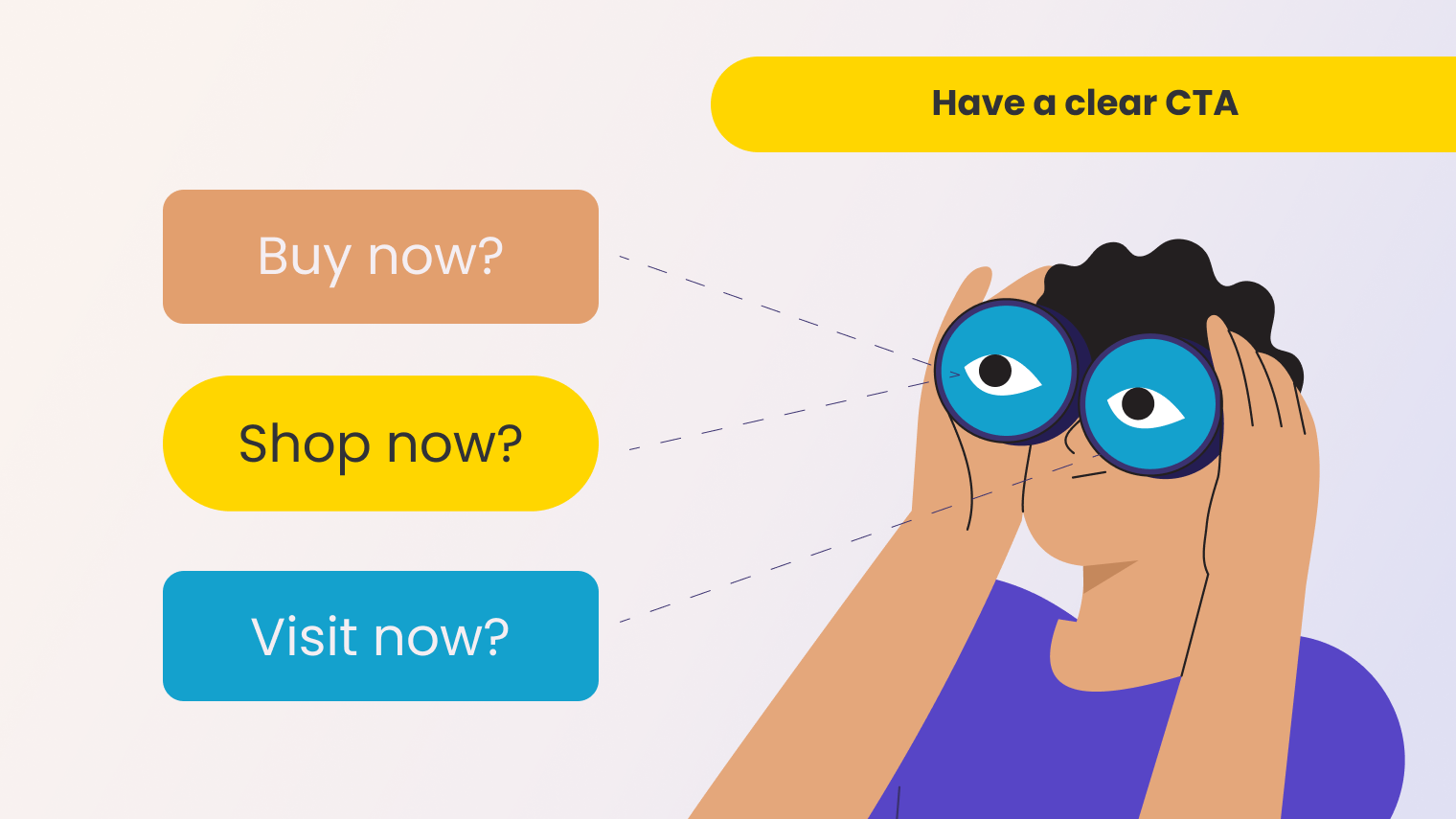
6. Not directing them to the right landing page
You may have gotten the anatomy of a web push notification correct and successfully captured the user’s attention. But, if the destination page linking to the CTA does not lead to the specific product, you could risk losing subscribers and traffic.
Brands often create and publish web push notifications before running the promotion campaign. As a result, users interested in the product or offer are led to the home page instead of the right landing page. This results in high bounce rates and subscriptions.
How to fix it?
The right landing page must be the first thing your users land on after clicking the web push notification. To ensure your campaigns are active and running, test the landing page before you link it.
Pro tip: If you’re promoting a specific sale on a range of products, linking to that collection or category page is always better than just linking to a generic page on your store.
7. Not tracking performance
Tracking performance lets you optimize your future web push notifications and get the most out of them. Failing to track performance and learning from mistakes leads to losing critical insights and opportunities to improve – worse, losing subscribers.
How to fix it?
Metrics help measure and track success. You should measure web push notification metrics or KPIs, such as the click rate, opt-in rate, view rate, number of active/inactive subscribers, notification revenue, and retention rate.
Such data-backed strategies let you improve campaign performance and notification ROI, helping you double down on what works.
8. Not focusing on your copy or message
Web push notifications are meant to be quick, small, and brief. You must create your notification’s copy and content to capture the viewer’s attention right from the time it hits their screen.
Clunky, lengthy messaging distracts the viewer from the offer and would even bounce off your site.
How to fix it?
Here are some tips that can help you:
- Ensure the copy and messaging are crisp and concise.
- Avoid stuffing too much information within a paragraph or adding redundant details.
- Stay relevant to the offer and use a convincing CTA.
- Don’t overlap multiple promotions on a single notification, as it can confuse the viewer.
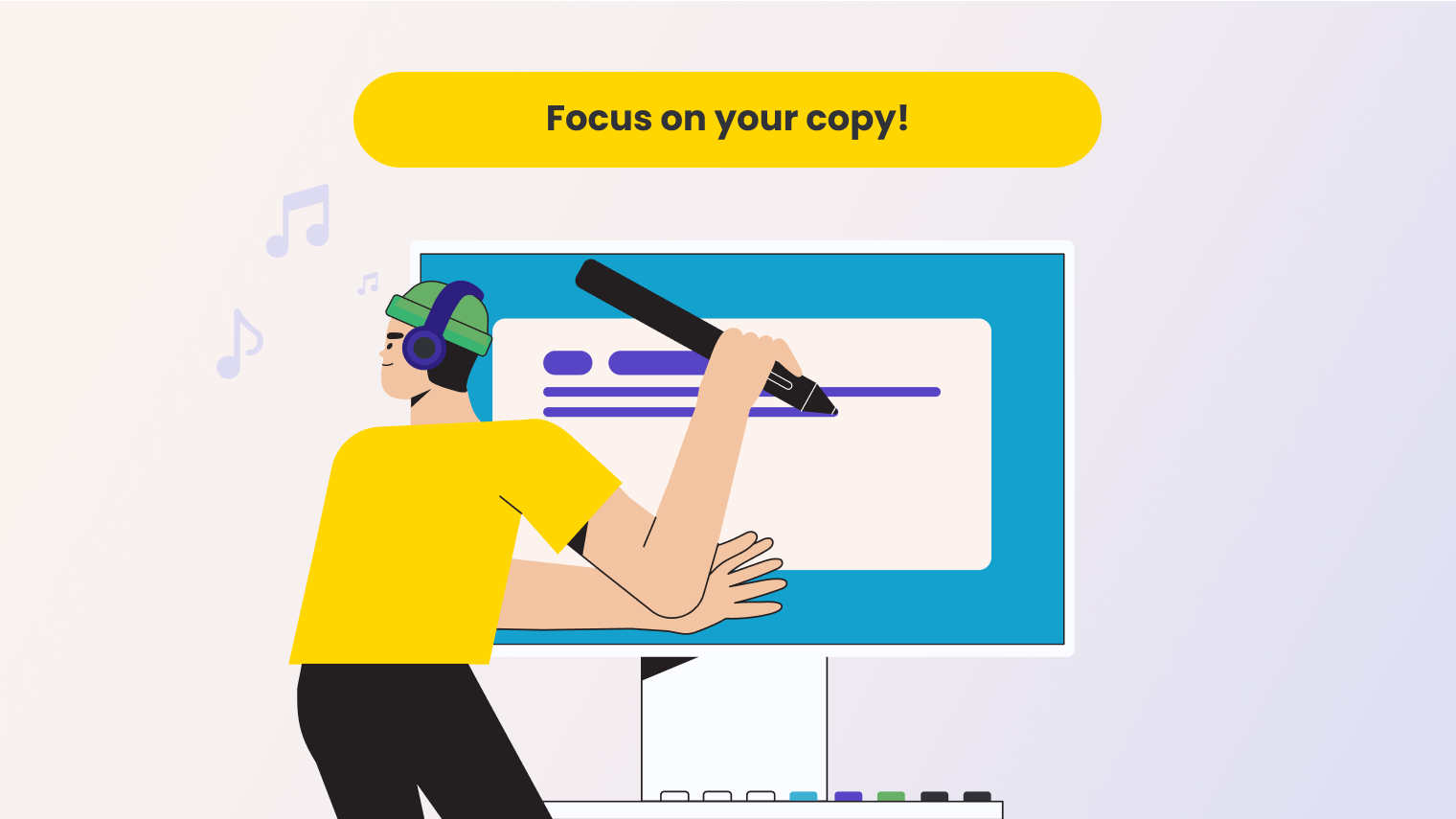
9. Not optimizing your frequency
Overwhelming your users with too many notifications is always a bad thing. It causes a negative brand image and leads to more opt-outs.
How to fix it?
While there is no magic number to send notifications, test out the frequency that works best for your brand. You could also reach out to your subscribers or customers to understand their preferred frequency. Eventually, optimize your notification frequency and be extra selective of the communication you intend to send via web push notifications.
A good idea here is to leverage smart features like DND (not reaching out to subscribers when they are asleep or during non-serviceable hours of your business).
Another aspect you can include in your web push notification strategy is throttling. Throttling allows you to limit the number of messages that can be sent to a particular endpoint, reducing unnecessary risks of being marked as spam.
Alternatively, you can also give the subscriber the option to select the frequency at which they will get to hear from you.
10. Not sending them at the right time
Your user base could include subscribers from varying time zones and professions. Say, for example, your user is a corporate employee. Then sending a notification to them between their usual 9 to 5 is like shooting aimlessly in the dark.
So it’s only wise to prioritize the timing of sending notifications to maximize engagement and investment.
How to fix it?
Study your subscriber and customer profiles. Use analytics to understand their most active and responsive timings. Next, A/B test your timings, measure, and continuously optimize to realize the best time. You can also use a scheduling tool to further choose and optimize the timings.
Although with solutions like WebEngage, finding the right time to send notifications is much easier. The send time optimization feature is built to help companies set up notifications based on customer and subscriber data, previous interactions, and other intelligent insights.
11. Not using an omnichannel approach for all the channels
A common mistake most e-Commerce businesses make is constricting web push notifications to a single communication channel like mobile apps. But it’s best not to assume the channel viewers use to reach your store when it comes to online shopping.
How to fix it?
Tap into the versatility of web push notifications and send them through multiple channels like desktops, mobile devices, and apps.
With solutions like WebEngage, you can set up omnichannel campaigns to target different audience segments and behaviors. Such strategies tend to attract 18.96% more engagement than single-channel campaigns.
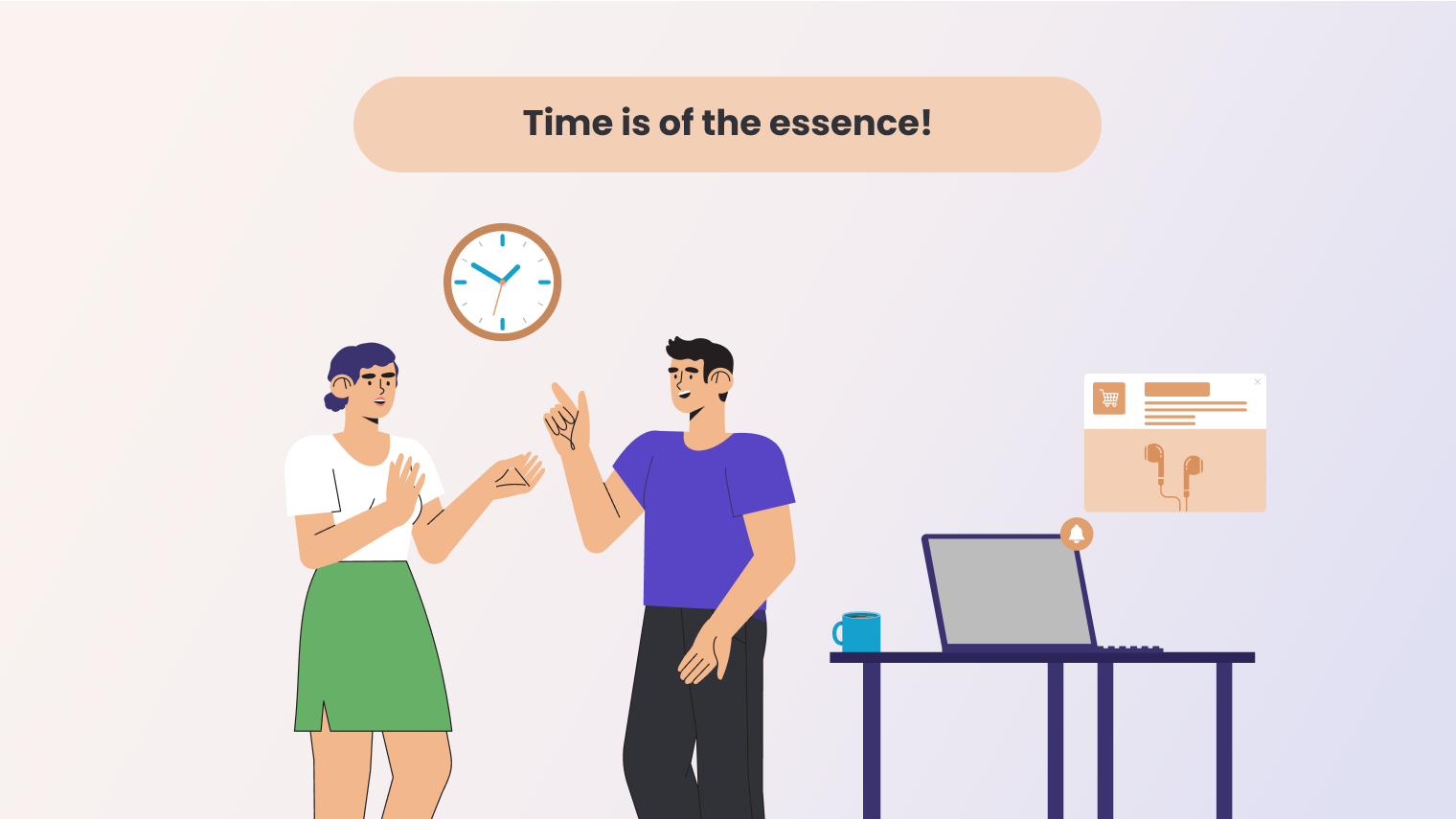
12. Not varying your campaign types
Some brands underutilize web push notifications to boost promotions alone. If your subscribers/customers receive similar promotions again and again, you could risk losing subscribers.
How to fix it?
You must vary your campaign type to ace conversions and user engagement. Use web push notifications for non-promotional campaigns as well, like sending product recommendations, sharing news, collecting feedback, offering helpful hacks, and more.
Pro tip: Remember to always run A/B tests on different web push subscriber segments. This will help you uncover what messages your audience engages with in the most relevant way.
13. Not using emojis or overdoing it
Is your notification not drawing enough attention despite having a great deal and a crisp copy? Then it’s possible that it missed out on one thing — emojis.
Like we 👀 don’t 🚫 mean 🤷🏽♀️ overdoing ✳️ emojis 🤪 but 💼 use ⇩ them✍🏼 in moderation.
How to fix it?
Emojis add a personality to your messaging when used for a specific purpose. But with emojis, less is more. Use them sparingly and only if they fit in.
Some best places to add are in the headline as the punctuation or in the CTA. You could also add obvious emojis instead of words (clock, watch, books, etc.).
Pro Tip: Segment your users before you start adding emojis, and avoid using them for new users.
14. Not including custom media
When you miss including custom media, you miss out on the opportunity of creating rich, attention-grabbing notifications.
How to fix it?
Instead of adding a static, generic image alongside the push notification, try adding dynamic images or rich custom media, such as gifs and short product animations.
You could use rich notifications creatively during a new product launch, flash sale, cart recovery (dynamic image of the abandoned product), and more.
15. Not giving an option to opt-out
Most brands fear losing out on subscribers to include an opt-out option on push notifications.
If you fail to provide opt-out options, your subscriber list could eventually become unhealthy. A weak, inactive list leads to poor results from the channel; hence, you may find it extra challenging to reach your desired ROI.
Additionally, an increased number of web push notifications sent vs interacted on, may also result in a decrease in domain reputation – which is determined by various factors such as engagement, spam complaint rates, spam traps and bounce rates.
How to fix it?
Just like emails have the ‘unsubscribe’ option, your notifications need to give an option for users to opt-out. This way, even if some users opt out, you will have a list of healthy, more engagement-worthy subscribers to target.

Some final thoughts
The versatility of web push notifications, ranging from acquiring to engaging, and supporting to retaining customers, have made them quite popular for e-Commerce businesses.
But for successful implementation, it does not stop at fixing the discussed mistakes.
Consumers’ context and experience must strongly back your web push notification strategy. And for this, you need a powerful tool that helps set up and automate notifications, understand your unique customer data, and design custom journeys.
Ready to get started?
Book a quick demo with WebEngage today.




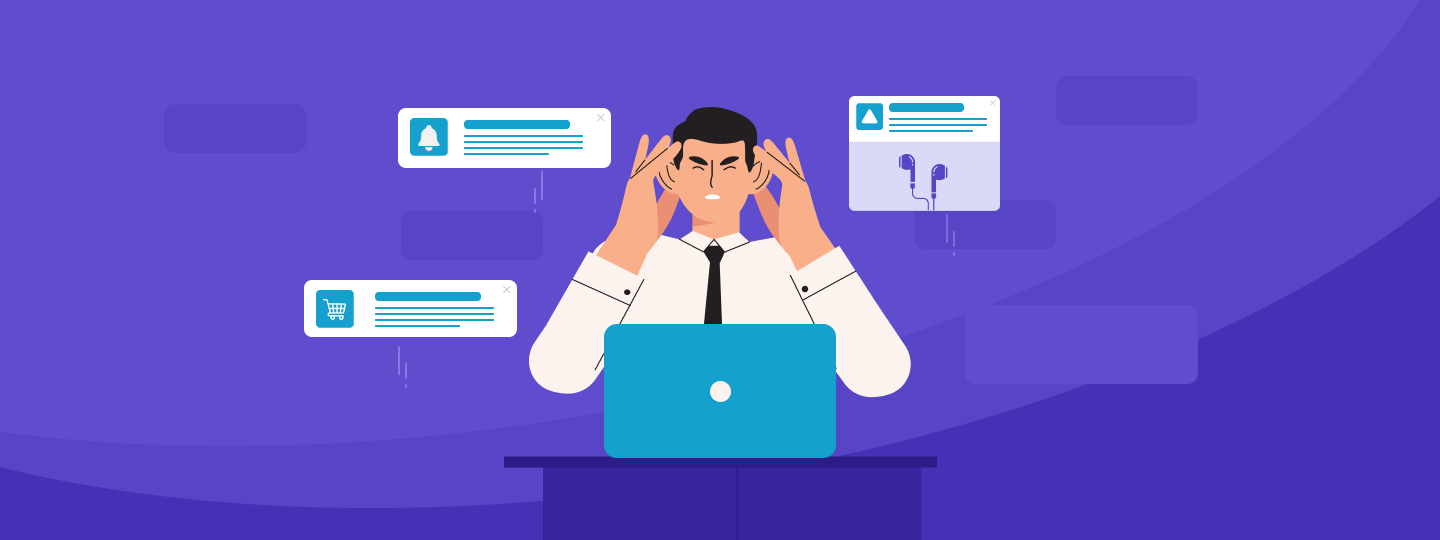


 Dev Iyer
Dev Iyer
 Prakhya Nair
Prakhya Nair
 Sanjay Mishra
Sanjay Mishra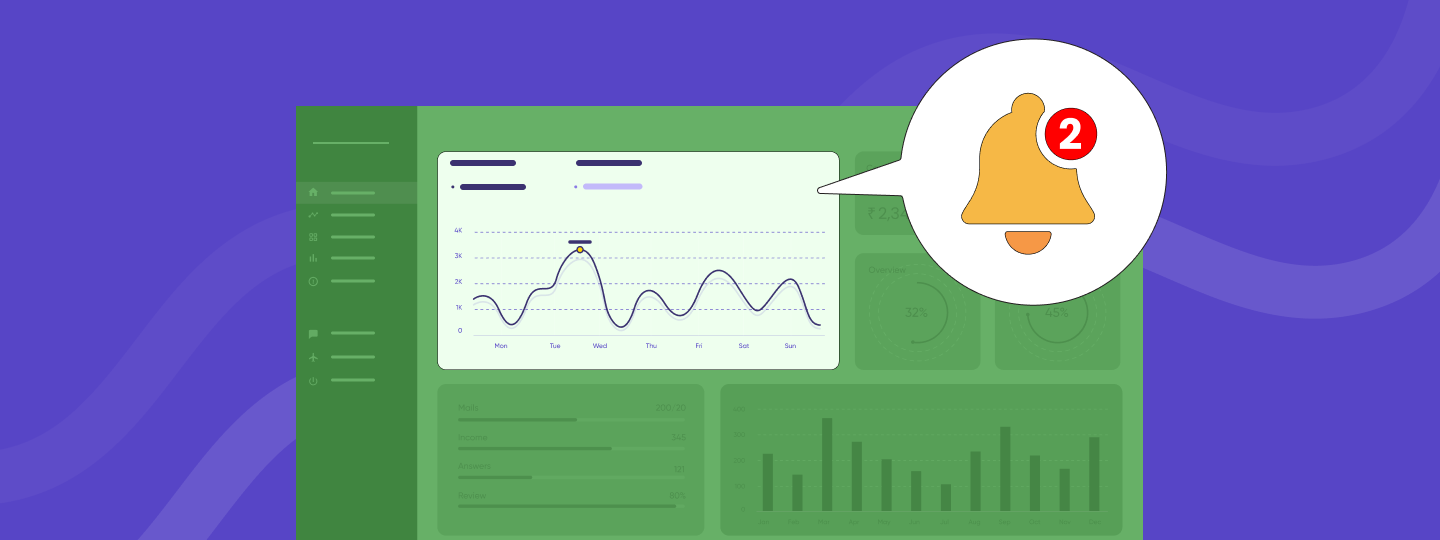
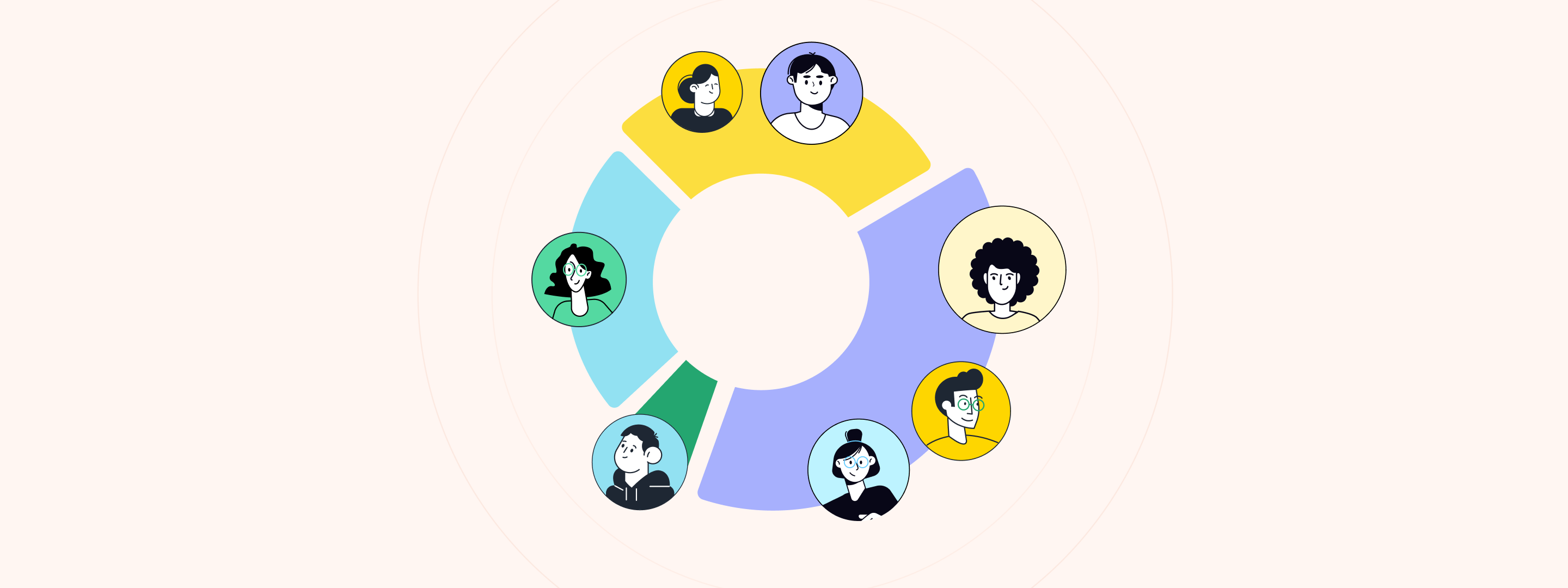
 Diksha Dwivedi
Diksha Dwivedi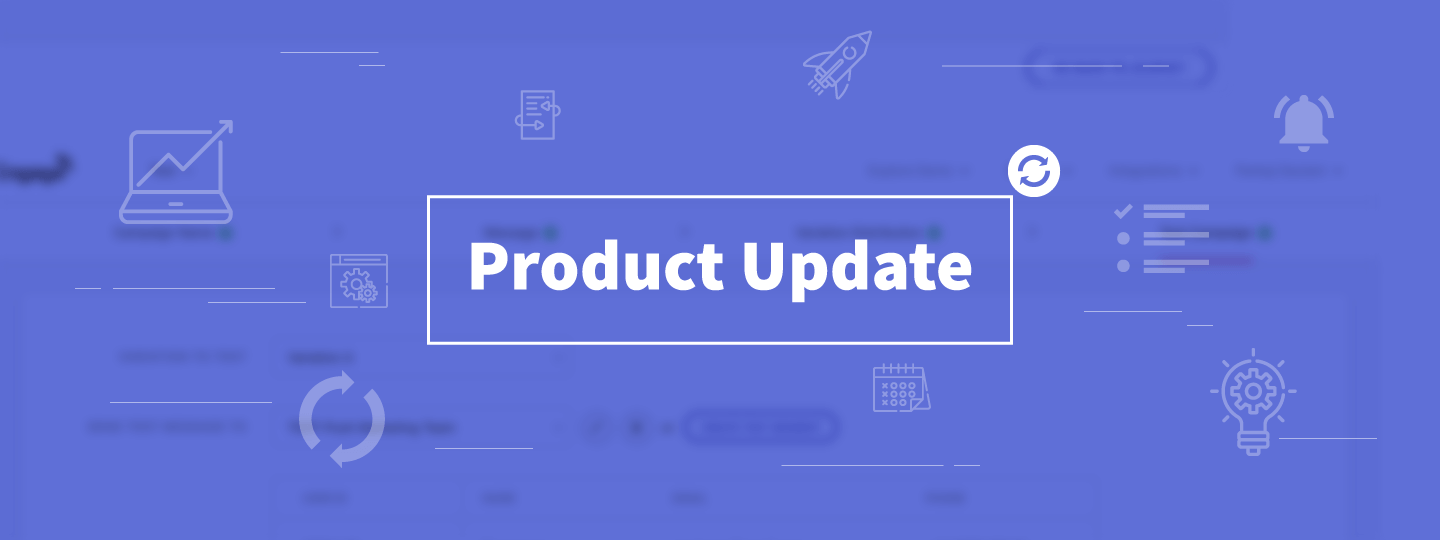
 Harshita Lal
Harshita Lal